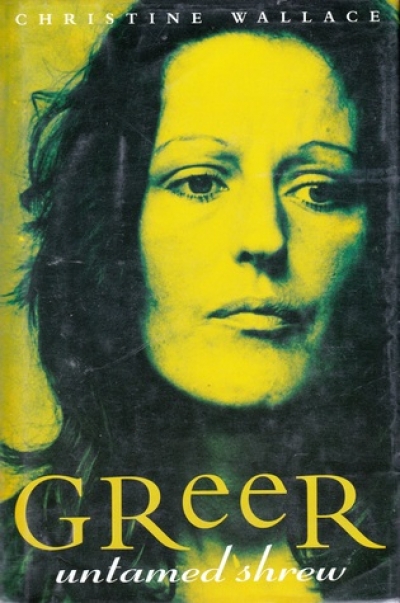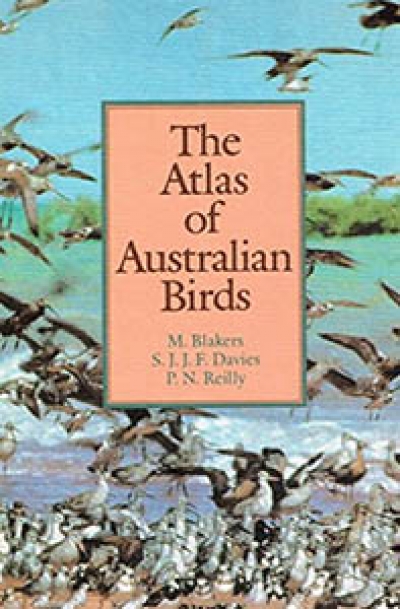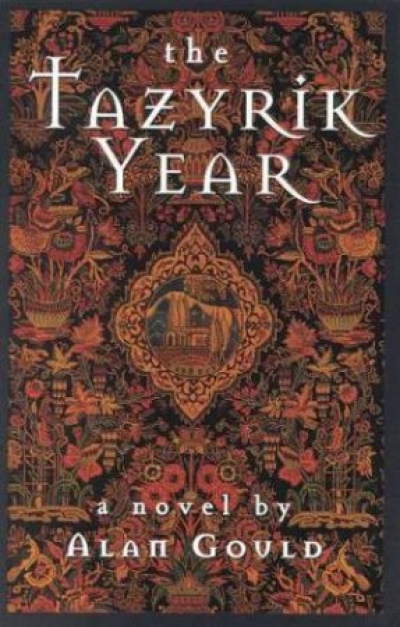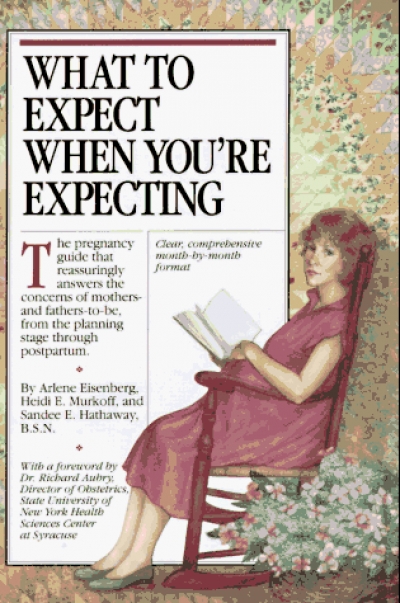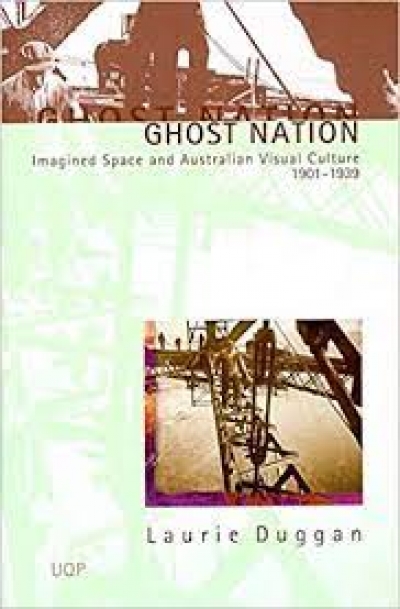Accessibility Tools
- Content scaling 100%
- Font size 100%
- Line height 100%
- Letter spacing 100%
Archive
The Atlas of Australian Birds by M. Blakers, S.J.J.F. Davies, and P.N. Reilly
by Evan Jones •
Foucault and Literature: Towards a genealogy of writing by Simon During
by Jeffrey Minson •
What to Expect When You’re Expecting by Arlene Eisenberg, Heidi Eisenberg Murkoff, Sandee Eisenberg, and Hathaway R.N. & Safe and Natural Remedies for the Discomforts of Pregnancy by The Coalition for the Medical Rights of Women
by D.J. Eszenyi •
'China Men' by Maxine Hong Kingston, 'Mutuwhenua: The moon sleeps' by Patricia Grace, 'Fortress' by Gabrielle Lord, and 'Female Friends' by Fay Weldon
by Mary Lord •
I’m well overdue with this article, and I suspect John McLaren is never going to speak to me again. Trouble is, I’m on a frenetic reading jag and its mainly McLaren’s fault.
... (read more)Future Active: Media activism and the internet by Graham Meikle
by Susan Hawthorne •

